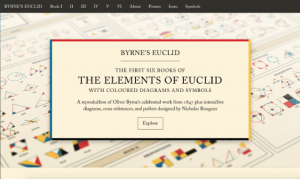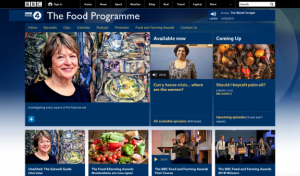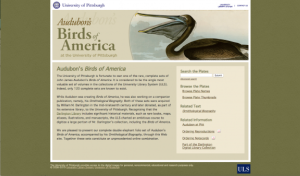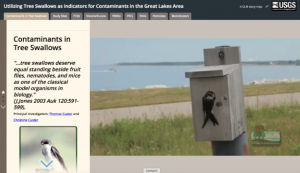General Interest
Back to Top
|
 |
|
Overlooked: Black History Month
|
Social studies |
|
Over the past year, The New York Times has been publishing obituaries for women of historical importance whose deaths the newspaper had neglected to commemorate. This project, entitled Overlooked (featured in the 3-16-2018 Scout Report), recently added a special edition in honor of Black History Month. This collection, published on January 31, 2019, "highlights a prominent group of black men and women whose lives we did not examine at the time of their deaths." In one obituary, Tanisha C. Ford writes about fashion designer Zelda Wynn Valdes, who began her career in the Jim Crow era and, after opening her own boutique in New York City, dressed socialites and stars such as Ella Fitzgerald, Eartha Kitt, and Marlene Dietrich. In another obituary, Wil Haygood writes about celebrated ragtime pianist Scott Joplin, whose iconic piece "The Entertainer" is instantly recognizable today and who was posthumously awarded a Pulitzer Prize for his music in 1976, nearly six decades after his death. Other remarkable people featured in this special edition include filmmaker Oscar Micheaux, abolitionist Mary Ellen Pleasant, and inventor Granville T. Woods. Readers are also invited to nominate candidates for future Overlooked obituaries. [JDC] |
|





|
|
 |
|
 |
|
Byrne's Euclid
|
Mathematics |
|
Euclid's Elements has been the standard in geometry textbooks for millennia, with hundreds of editions published since the ancient Greek mathematician created it at around the year 300 BCE. One edition was particularly noteworthy for its technological innovation: Oliver Byrne's 1847 edition, which stood out for its cutting-edge use of multiple colors in its diagrams rather than traditionally written labels, lending it an artistic quality as well as making the ideas easier to understand. Now, Byrne's Euclid has entered the digital era thanks to Chicago-based web designer and artist Nicholas Rougeux, who recreated Byrne's edition as an interactive website. Launched in December 2018, this project faithfully reproduces Byrne's version of Elements in its entirety, including its color scheme, graphics, and typography. Here, visitors can view all six books of Byrne's edition as well as its introduction and glossary of symbols, which Rougeux has enhanced with clickable shapes to help illustrate the ideas being discussed as well as links to cross-references within the text. Those interested in the background of this project should visit its about page, where they will find a short summary and a link to a lengthy blog post explaining how Rougeux created this site. [JDC] |
|





|
|
 |
|
Science Education Project - Chantier 7
|
Science |
|
STEM educators and readers interested in science pedagogy may want to check out Chantier 7, a project conducted by researchers at McGill University and the University of Quebec in Montreal. This project, which was conducted from 2013-2016, aimed "to develop diagnostic assessment tools to uncover students' intuitive ideas about the natural world and design targeted teaching interventions to develop students' understanding of scientific and technological concepts and models." After reading the project's introduction on its main page, visitors may like to peruse Evidence-based Interventions, where they will find six groups of teaching strategies "gleaned [and summarized] from relevant literature studies which teachers can use to improve students' conceptual understanding in science." These interventions focus on STEM topics such as earthquakes, evolution and natural selection, and renewable and nonrenewable energy resources, and each intervention typically includes several strategies. Additional teaching materials are included in the resources section, where readers will find several sample lesson plans and ideas for classroom activities. Chantier 7 was led by Anila Asghar, Associate Professor of Integrated Studies of Education at McGill University. The material on this site is available in both English and French. [JDC] |
|





|
|
 |
|
The Food Programme
|
Social studies |
|
On its website, the tagline for the Food Programme reads "Investigating every aspect of the food we eat." The site primarily features 30-minute podcasts originally broadcasted on BBC Radio 4, covering a wide variety of food-related issues, from speculation on the effects of Brexit on food to different cultural approaches to deep-fried foods to posh noshes for dogs. There's also a series of podcasts entitled "Life Through Food" that features interviews with notables such as Sir Paul McCarthy and Nigella Lawson, while another series, "The Ark of Taste," explores ingredients and traditional foods at risk of extinction. Image galleries also accompany this website. Shetland, Lancashire and squashes are currently on view, in addition to information pages that include recipes such as "How to pimp up your porridge," "How to liven up your lunchtime," "Can comfort foods really make you feel better?" and a Chinese food quiz. [DS] |
|





|
|














